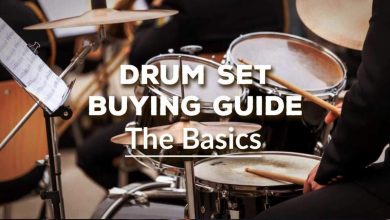Piano and Cultural Identity: How Music Reflects Heritage

**
Piano and Cultural Identity: How Music Reflects Heritage**
**
The Piano as a Conduit of Cultural Identity**
When we think about cultural identity, music often plays a significant role. It serves as a powerful medium for expressing who we are, where we come from, and the values we hold dear. The piano, with its versatility and rich history, is one such instrument that has been crucial in reflecting cultural heritage. Let’s explore how the piano has become a conduit for cultural identity.
**
The Influence of Cultural Heritage on Piano Music**
Music is deeply rooted in culture, and the piano repertoire showcases the diversity and uniqueness of different cultural identities. From the classical compositions of European masters like Bach, Mozart, and Beethoven, to the soulful melodies of African-American spirituals and blues, each genre reflects the cultural heritage of its creators. Whether it’s the rhythmic complexity of Latin American dance music or the improvisational flair of jazz, the piano has been instrumental in bringing these distinct sounds to life.
**
Preserving Cultural Traditions through Piano Performance**
One of the remarkable aspects of the piano is its ability to preserve cultural traditions. Many traditional folk songs and compositions have been adapted for the piano, ensuring that these melodies are not lost to time. Moreover, piano arrangements often incorporate stylistic elements unique to a particular culture, resulting in a fusion that pays homage to both the original composition and the artist’s cultural heritage. Through piano performance, musicians can keep their cultural traditions alive and introduce them to new audiences around the world.
**
The Evolution of Piano Music and Cultural Identity**
As music evolves, so does its ability to reflect cultural identity. Contemporary composers are using the piano to explore new sonic landscapes, blending traditional elements with modern sensibilities. This fusion of cultures not only creates a deeper understanding and appreciation of different traditions but also expands the collective cultural identity of humanity. The piano’s adaptability allows it to seamlessly weave together diverse cultural influences, resulting in a harmonious symphony of sounds that transcends boundaries.
**FAQs (Frequently Asked Questions)**
**Q1: Is the piano limited to classical music when reflecting cultural identity?**
No, the piano’s influence extends far beyond classical music. While classical compositions have a significant impact on cultural representation, the piano is also widely used in various genres such as jazz, blues, pop, and even traditional folk music. Each genre contributes to the overall tapestry of cultural identity represented through piano music.
**Q2: How can I incorporate my cultural heritage into my piano playing?**
You can incorporate your cultural heritage into your piano playing in several ways. Firstly, explore traditional compositions or folk songs from your culture and adapt them for piano. Additionally, infuse stylistic elements unique to your culture into your playing, such as rhythmic patterns, melodic motifs, or improvisational techniques. Lastly, experiment with incorporating diverse musical influences to create a fusion that represents your cultural roots.
**Q3: Can piano music help in bridging cultural gaps and fostering understanding?**
Absolutely! Piano music has the power to transcend language barriers and connect people from different cultural backgrounds. By sharing and experiencing diverse piano music, we gain insights into various cultures, fostering empathy, understanding, and appreciation for our shared humanity.
**Conclusion**
The piano has been an integral instrument in reflecting cultural identity throughout history. From classical compositions to contemporary fusions, it has served as a conduit for preserving cultural traditions and fostering cross-cultural understanding. By embracing the piano’s versatility, musicians can showcase their cultural heritage, enrich our musical landscape, and contribute to a more inclusive society.



